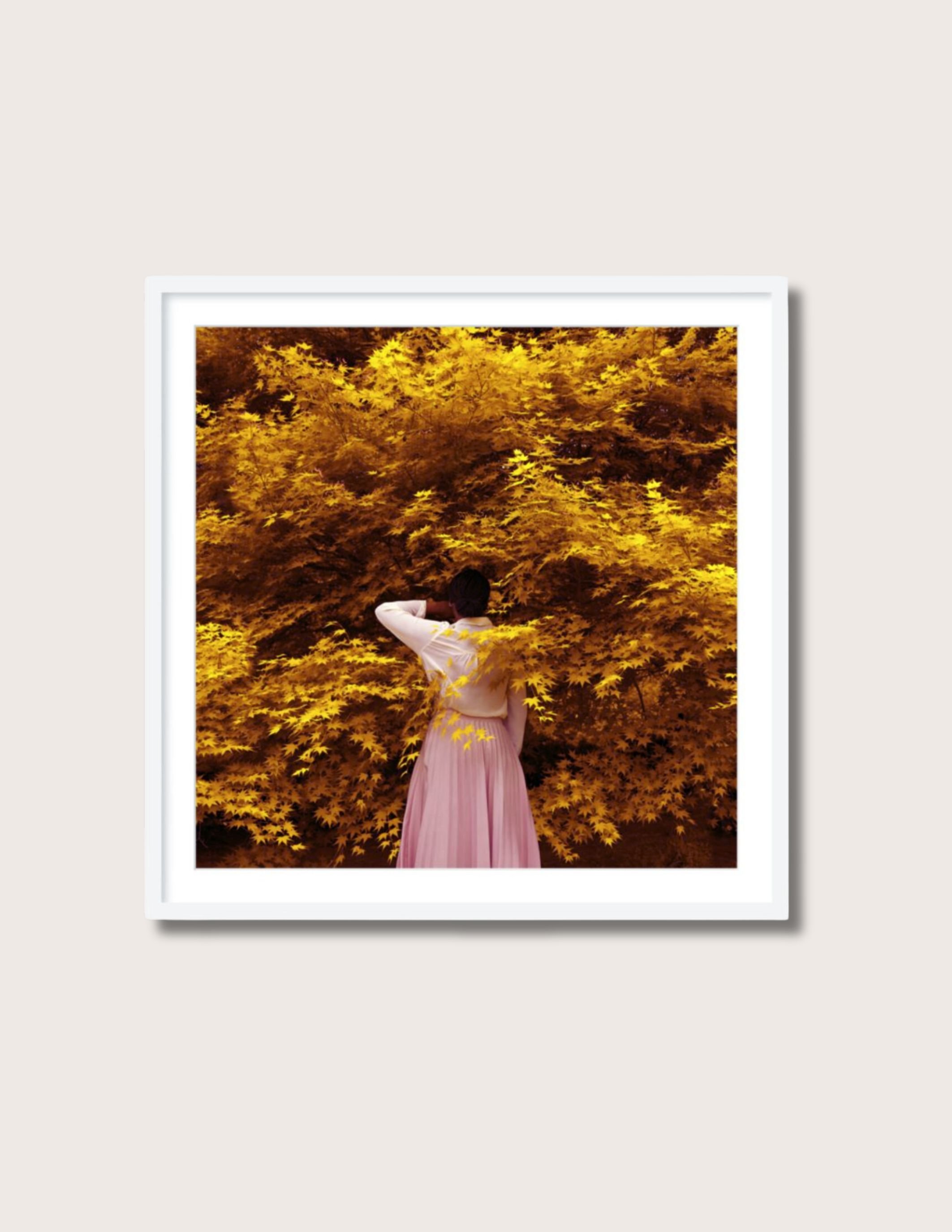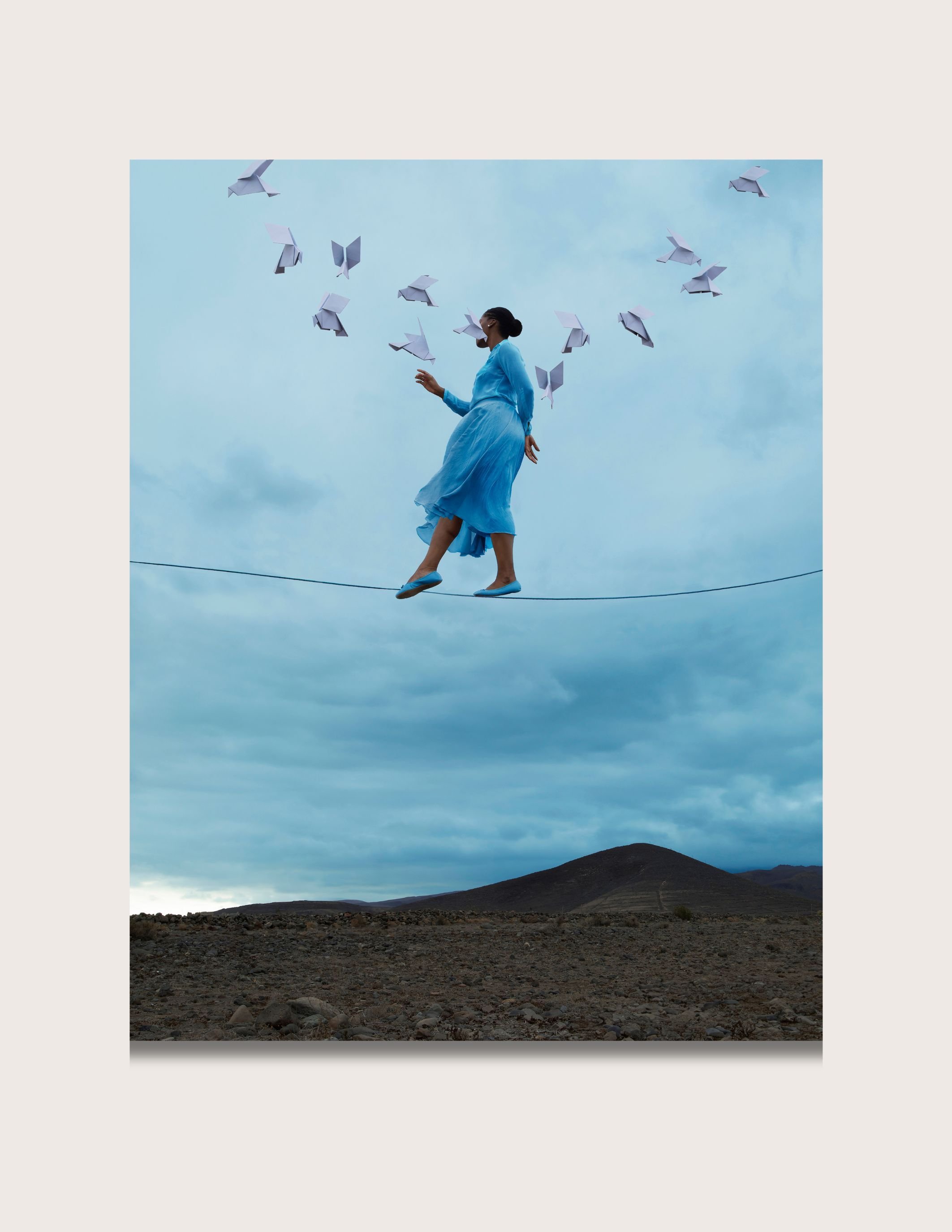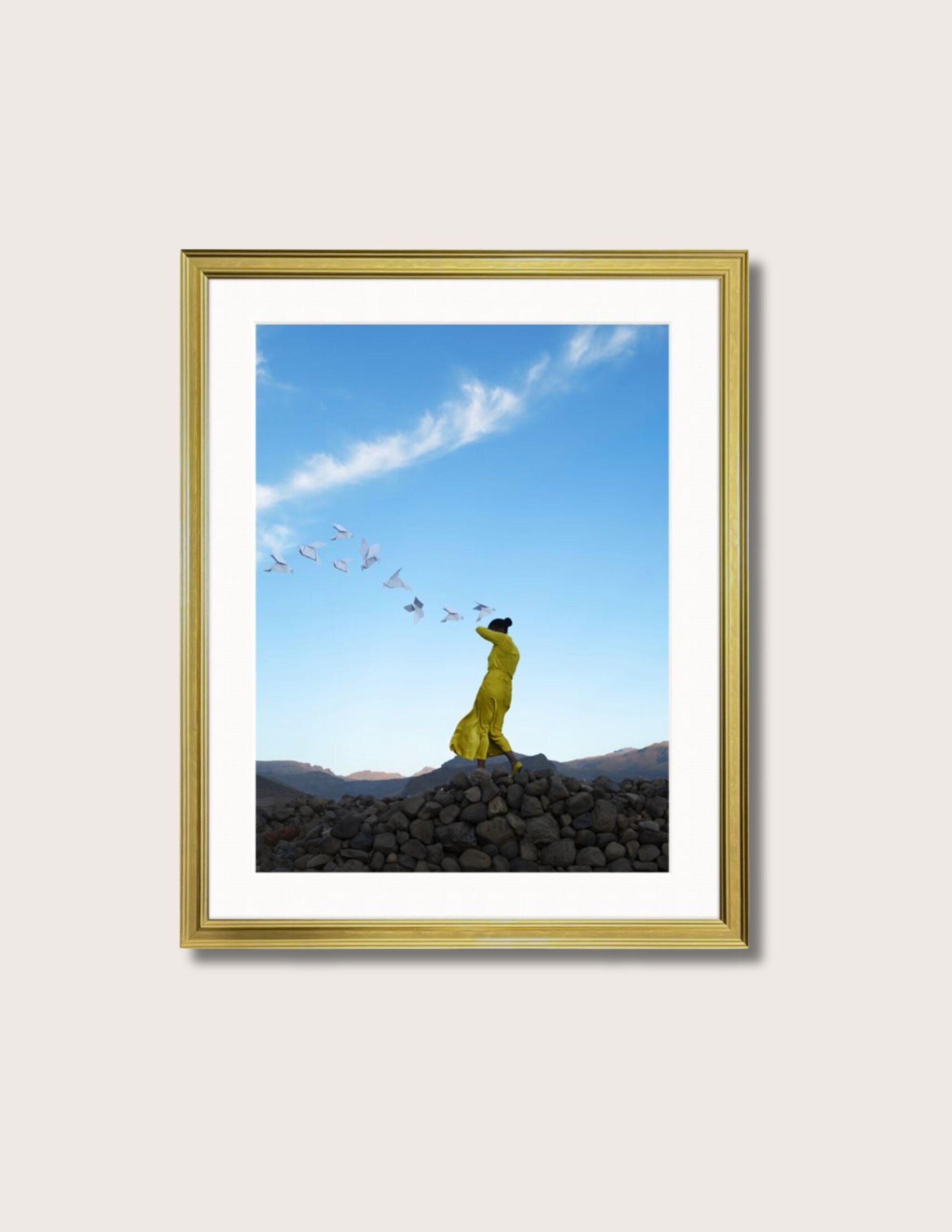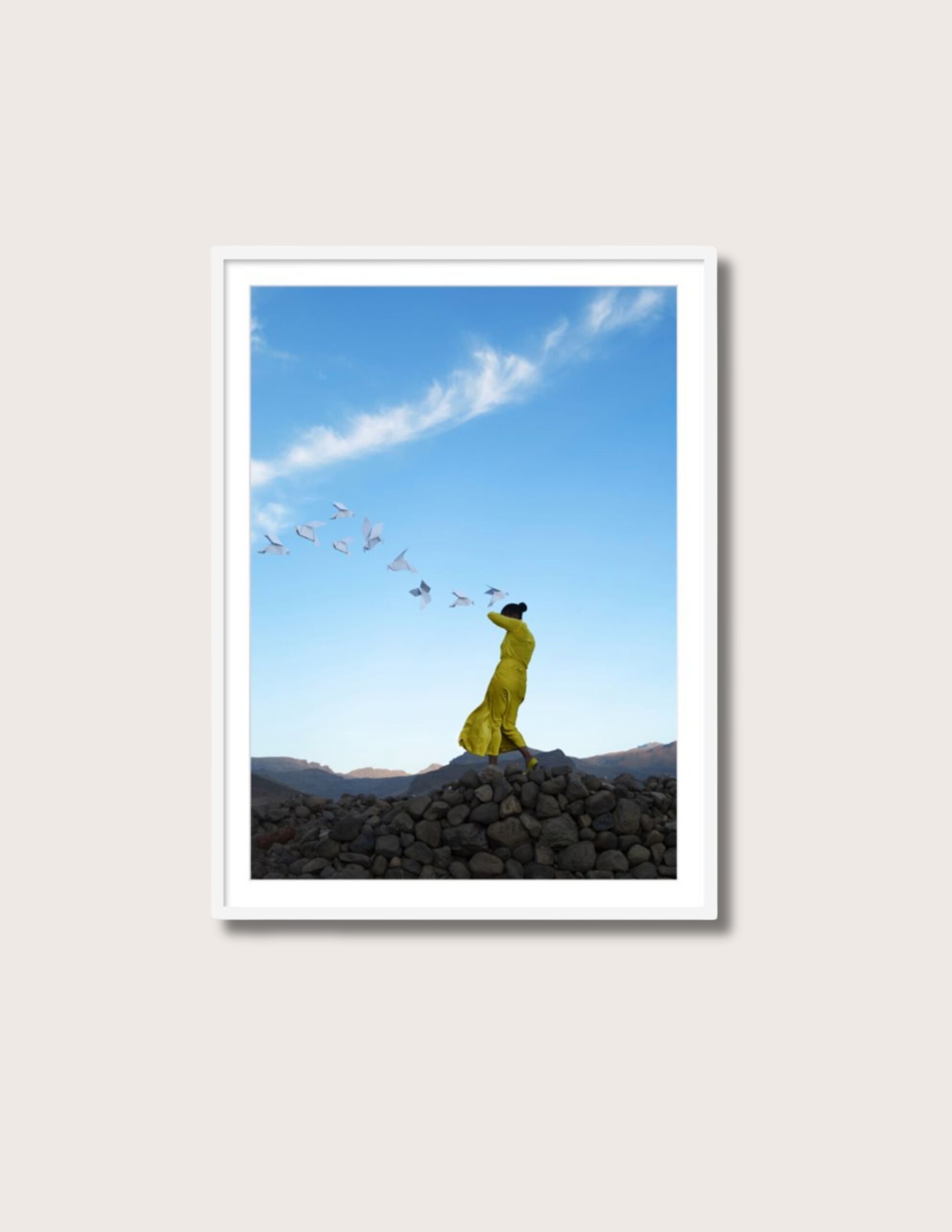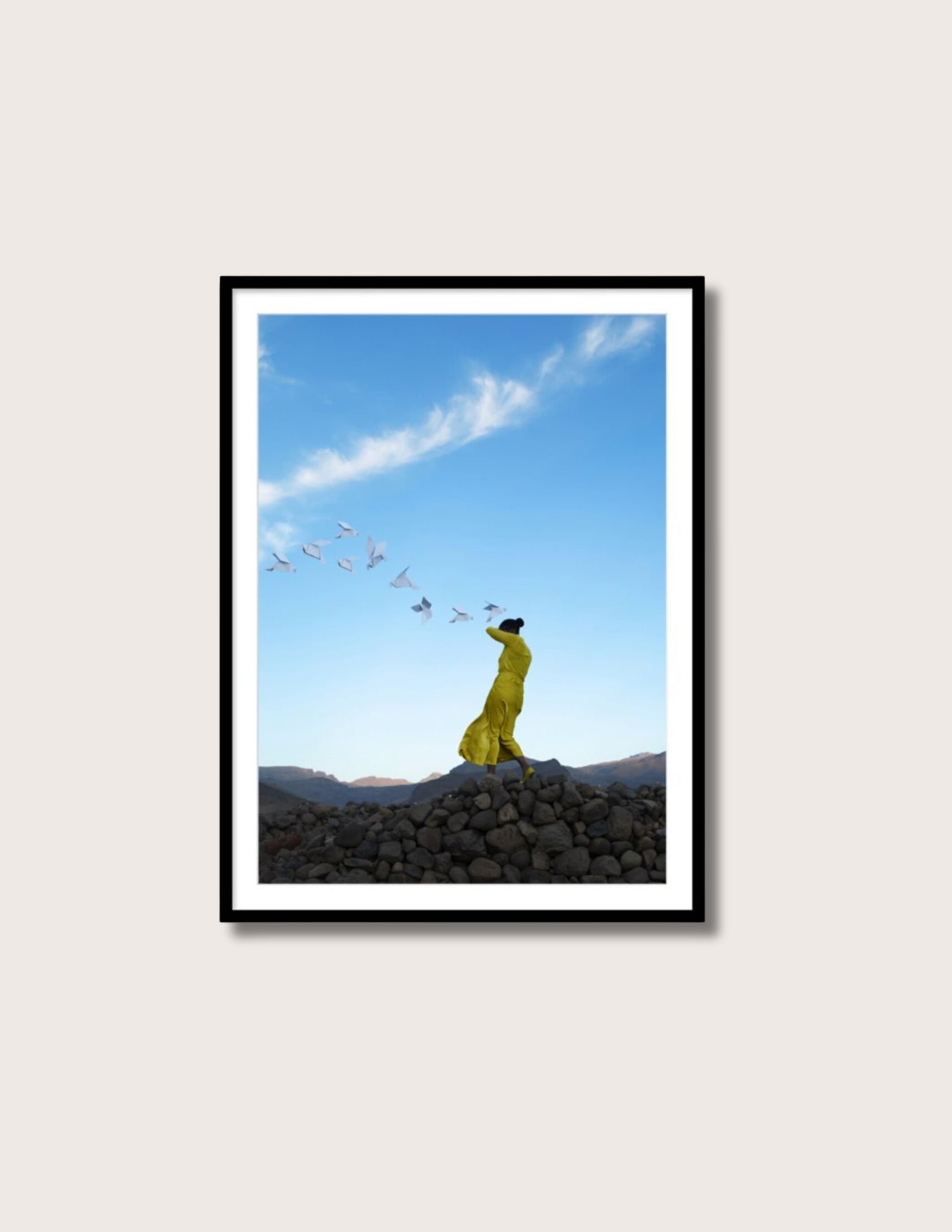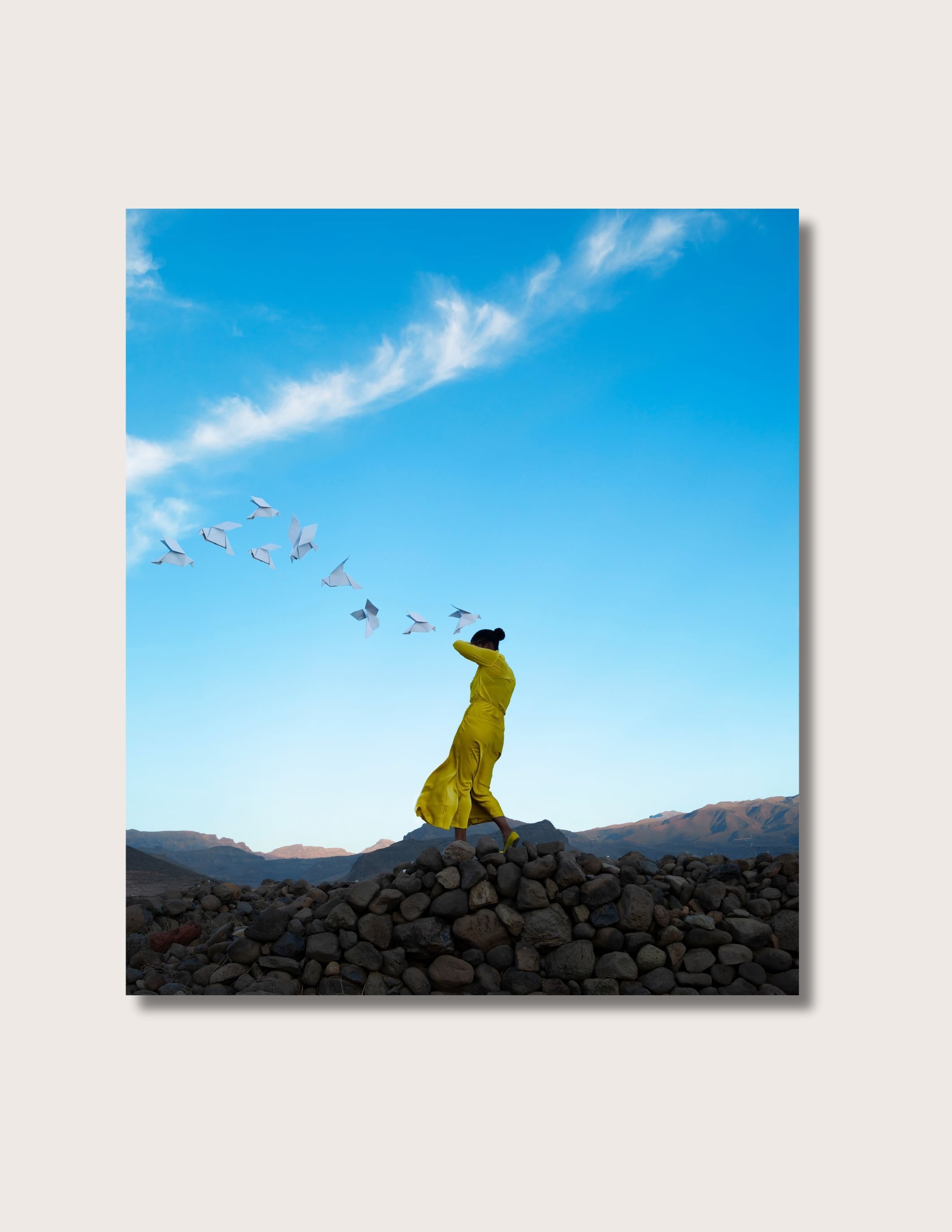 Image 1 of 2
Image 1 of 2

 Image 2 of 2
Image 2 of 2



Country Road Framed Fine Art Print by Henry Ossawa Tanner
Details
Henry Ossawa Tanner’s teacher, Thomas Eakins, taught him the value of making quick sketches of everyday scenes. Tanner had a studio in Paris but spent many holidays and summers in rural France, where he painted this amazing scene on the spot. Oil on canvas mounted on wood, this piece is part of the Smithsonian American Art Museum collection.
Editors' Note
Henry Ossawa Tanner was born in Pittsburgh, Pennsylvania in 1859, the first of five children born to Reverend Benjamin Tucker Tanner, a future bishop in the African Methodist Episcopal Church, and Sarah Tanner, a woman who had escaped slavery via the Underground Railroad. His middle name, “Ossawa,” was derived from the name of the town Osawatomie, Kansas, where the abolitionist John Brown had initiated his antislavery campaign. The family settled in Philadelphia in 1868, and in 1879 Tanner enrolled in the Pennsylvania Academy of the Fine Arts, where he studied under the direction of Thomas Eakins. He began to exhibit at the Academy and at the Philadelphia Society of Artists. In 1889 he established a photography studio in Atlanta, Georgia and went on to teach drawing at Clark University. In 1891 Tanner proceeded to Paris and commenced study under Jean-Joseph Benjamin Constant and Jean-Paul Laurens at the Académie Julian. Tanner soon joined the American Art Students’ Club and spent his first summer in France with the colony of artists at Pont-Aven, Brittany. Tanner’s choice of subject matter was influenced by a growing consciousness of his racial identity, and during a trip to the United States in 1893 he delivered a paper entitled “The American Negro in Art” at the World’s Congress on Africa in Chicago. His concern during this period for creating dignified and sympathetic portrayals of Black people in art is exemplified by The Banjo Lesson (1893, Hampton University Museum, Virginia). After returning to Paris in 1894 one of Tanner’s paintings was accepted for exhibition at that year’s Salon and he began painting the biblical scenes for which he became best known. In the late 19th century Tanner embarked on the first of several long trips to the Middle East, made in order to familiarize himself with the topography and appearance of people there, thus increasing the visual appeal of his biblical subjects by scrupulous attention to original settings and naturalistic details. He maintained close ties to the United States and remained concerned about the African American struggle for equality throughout his life. In 1899 Booker T. Washington visited him in Paris, where Tanner painted his portrait. He was a regular contributor to the NAACP after it was founded in 1910. Following World War I, he achieved one of his greatest distinctions in 1923 when the French government named him chevalier of the Legion of Honor. He died in Paris in 1937.
Details
Henry Ossawa Tanner’s teacher, Thomas Eakins, taught him the value of making quick sketches of everyday scenes. Tanner had a studio in Paris but spent many holidays and summers in rural France, where he painted this amazing scene on the spot. Oil on canvas mounted on wood, this piece is part of the Smithsonian American Art Museum collection.
Editors' Note
Henry Ossawa Tanner was born in Pittsburgh, Pennsylvania in 1859, the first of five children born to Reverend Benjamin Tucker Tanner, a future bishop in the African Methodist Episcopal Church, and Sarah Tanner, a woman who had escaped slavery via the Underground Railroad. His middle name, “Ossawa,” was derived from the name of the town Osawatomie, Kansas, where the abolitionist John Brown had initiated his antislavery campaign. The family settled in Philadelphia in 1868, and in 1879 Tanner enrolled in the Pennsylvania Academy of the Fine Arts, where he studied under the direction of Thomas Eakins. He began to exhibit at the Academy and at the Philadelphia Society of Artists. In 1889 he established a photography studio in Atlanta, Georgia and went on to teach drawing at Clark University. In 1891 Tanner proceeded to Paris and commenced study under Jean-Joseph Benjamin Constant and Jean-Paul Laurens at the Académie Julian. Tanner soon joined the American Art Students’ Club and spent his first summer in France with the colony of artists at Pont-Aven, Brittany. Tanner’s choice of subject matter was influenced by a growing consciousness of his racial identity, and during a trip to the United States in 1893 he delivered a paper entitled “The American Negro in Art” at the World’s Congress on Africa in Chicago. His concern during this period for creating dignified and sympathetic portrayals of Black people in art is exemplified by The Banjo Lesson (1893, Hampton University Museum, Virginia). After returning to Paris in 1894 one of Tanner’s paintings was accepted for exhibition at that year’s Salon and he began painting the biblical scenes for which he became best known. In the late 19th century Tanner embarked on the first of several long trips to the Middle East, made in order to familiarize himself with the topography and appearance of people there, thus increasing the visual appeal of his biblical subjects by scrupulous attention to original settings and naturalistic details. He maintained close ties to the United States and remained concerned about the African American struggle for equality throughout his life. In 1899 Booker T. Washington visited him in Paris, where Tanner painted his portrait. He was a regular contributor to the NAACP after it was founded in 1910. Following World War I, he achieved one of his greatest distinctions in 1923 when the French government named him chevalier of the Legion of Honor. He died in Paris in 1937.
Additional Details
23” x 19” Framed Print
Premium Giclée Print
Archival museum quality, fade resistant
Printed on thick watercolor paper (310 gsm) made from alpha cellulous wood pulp that is acid and lignin 0
Mat 1: Crisp Bright White , Mat 2: Smooth Black
Highland Black Frame with crystal clear and shatterproof acrylic panel
Sustainably printed using museum quality ink
Hanging hardware comes affixed to each framed art piece
Handcrafted in the USA
Care instructions for framed piece: wipe with a dry lint 0 cloth
Ships to the US and Canada in 7-10 business days
Made to order




